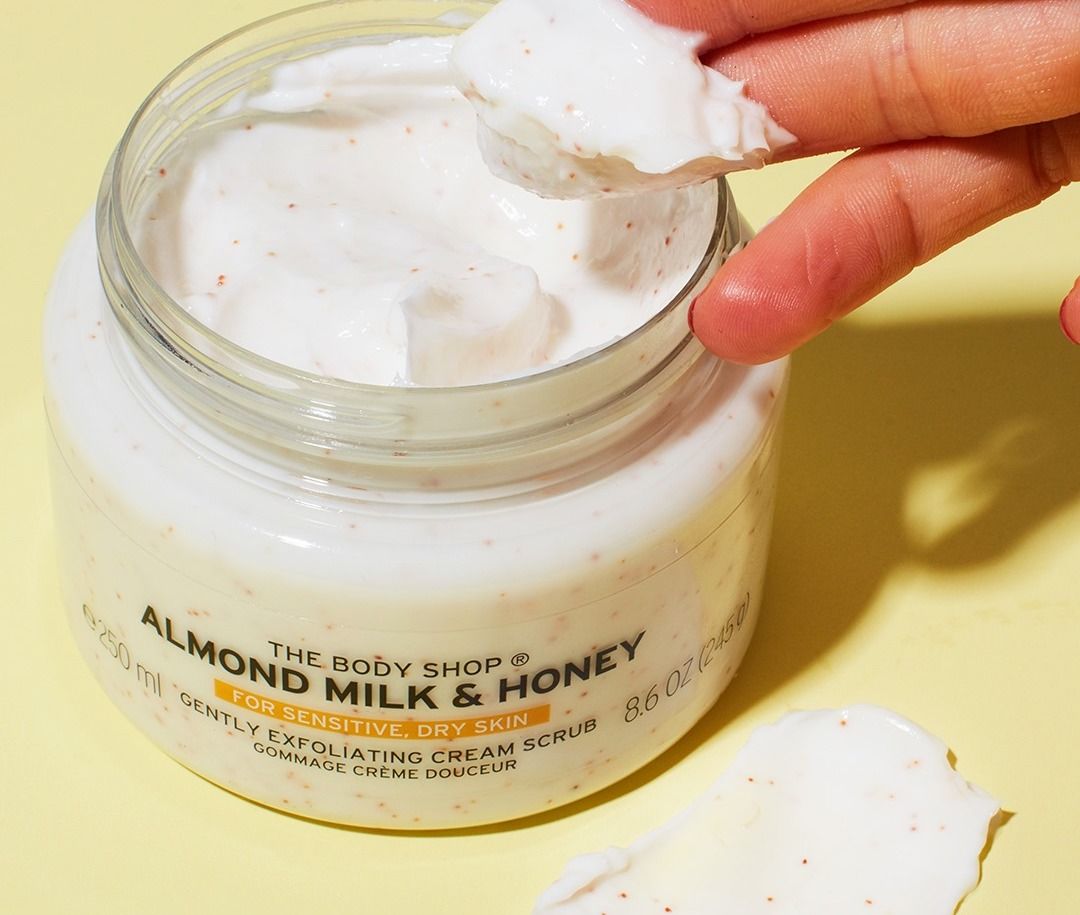
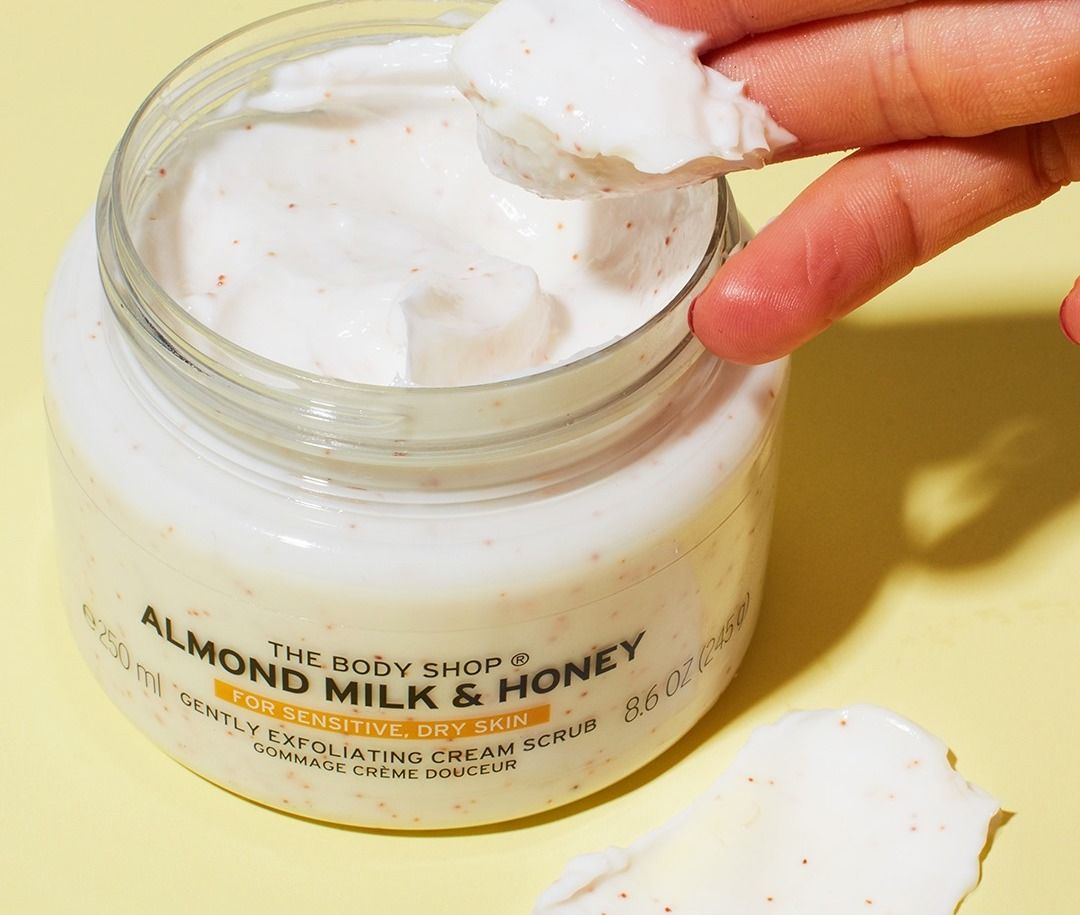
Whilst grains are undeniably a healthy food, lately they’ve become a focus in the beauty industry. Here’s how and why.
Grains are a must at mealtime, and have recently become an important part of the cosmetics industry due to their numerous beneficial qualities for skin and hair. Corn, oats, sesame, barley, bran, wheat, and rye are progressively taking over our bathrooms to help us get rid of wrinkles, redness, and irritations, as well as to nurture sensitive and dehydrated skin.
The pandemic has helped boost the image of many natural ingredients in cosmetics, in order to put an end — once and for all — to the long list of incomprehensible-sounding ingredients in many products. As a result, grandma’s own recipes are now all the rage on social media, riding the wave of DIY, with an emphasis on plants, seeds, and other nectars that are accessible and safe for the skin as well as for the planet. Nettle, aloe vera, and tea are among the must-haves that have come back into fashion in recent months, as have broccoli, onions, and even mustard, which are more unusual. And if we were already betting on rice and flax as 2022 must-haves at the beginning of the year, it’s finally all the grains — or almost all of them — that are getting ready to make their entry into our bathroom.
[Hero and Featured Image Credit: The Body Shop]
Why grains are taking over the beauty industry
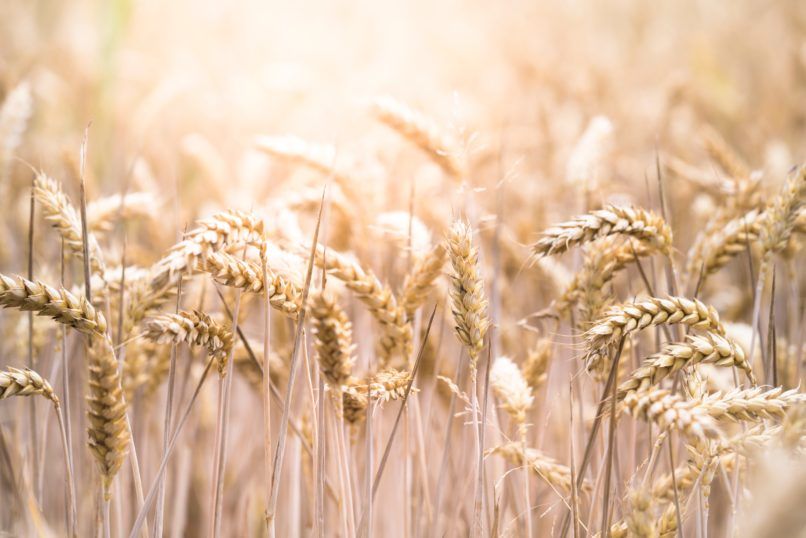
Each type of grain has its own benefits
Although we know the health benefits of consuming grains, which are very rich in fibre and minerals, their benefits for the skin remain a mystery to many. In this respect, generalisations should be avoided because corn does not have the same properties as rice, oats or rye, thus affecting each type of skin and answering each need differently. Some of the most well-known are the moisturising and anti-aging properties of wheat; the purifying, soothing, and regenerating qualities of oats; the nourishing power of sesame; and the multiple properties of rice, which combine all these benefits.
A growing number of cosmetic brands are harnessing the power of grains, gradually integrating them into their formulas. Some have even made it their trademark. One such example is La Belle Meunière, which claims to be the first line of cosmetic products made with grains from French organic farming. From masks to scrubs, moisturisers, radiance serums and makeup remover oils, the brand offers everything you need for a complete routine, with the possibility of making some products yourself in DIY style. All guaranteed natural, vegan, made in France, and 100% transparent.
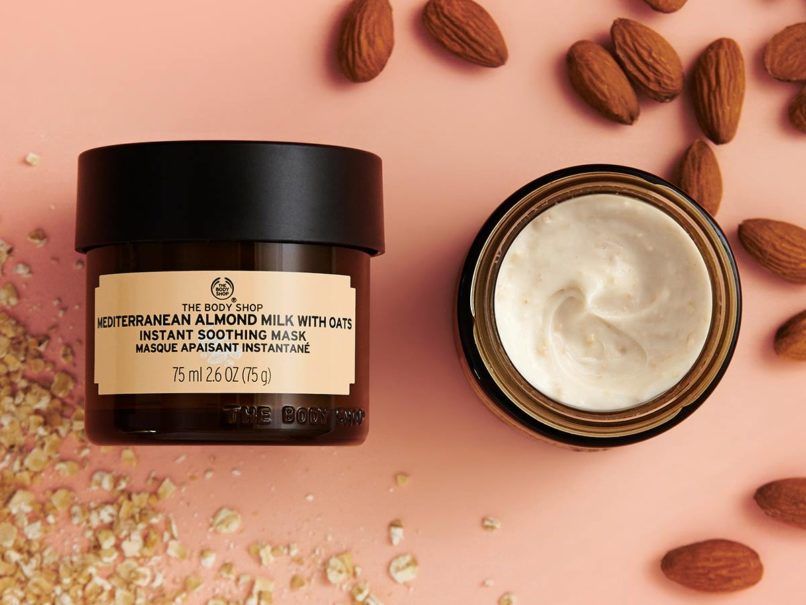
From vegetable oil to shampoo
As we have seen, it is now possible to create a complete beauty routine from grains, with a range of products from vegetable oil to shampoo, and even more specific treatments such as eye cream. Aroma-Zone, a specialist in natural ingredients, is a real gem in the area, with vegetable oils made from rice bran, oats, sesame and wheat germ. All of which meet the many needs of your skin, whether or not they are combined with other ingredients.
Other brands choose to offer cosmetics in which the powers of grains are boosted by other ingredients. This is the case of Centifolia and its Sublime Jeunesse eye cream, which combines buckwheat oil extracts and green micro-algae to reduce dark circles and puffiness while improving skin tone, and Body Nature’s Soothing Shampoo, formulated with oat milk, barley water and sage infusion to cleanse and soothe the scalp.
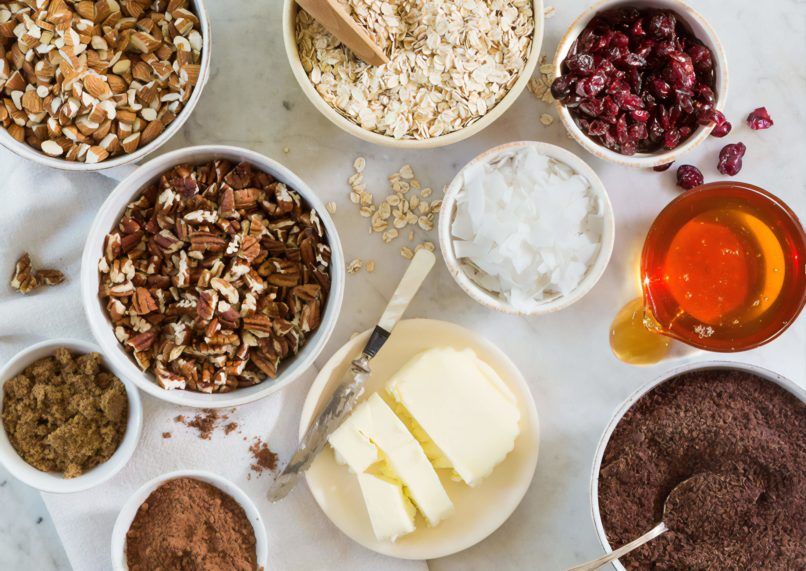
The same is happening with the more mainstream brands that are making grains a new must-have. At The Body Shop, you’ll find the Almond Milk with Oats Instant Soothing Mask to exfoliate the most sensitive skin, while Qiriness offers the Exfolys Rice Wrap to unclog and tighten pores. A growing number of all kinds of cosmetics that show a definite taste for the previously unsuspected powers of grains for the skin — and you may want to ask for more.
This article is published via AFP Relaxnews.
The post Wheat, oats, corn: How and why grains are taking over beauty appeared first on Lifestyle Asia Bangkok.

